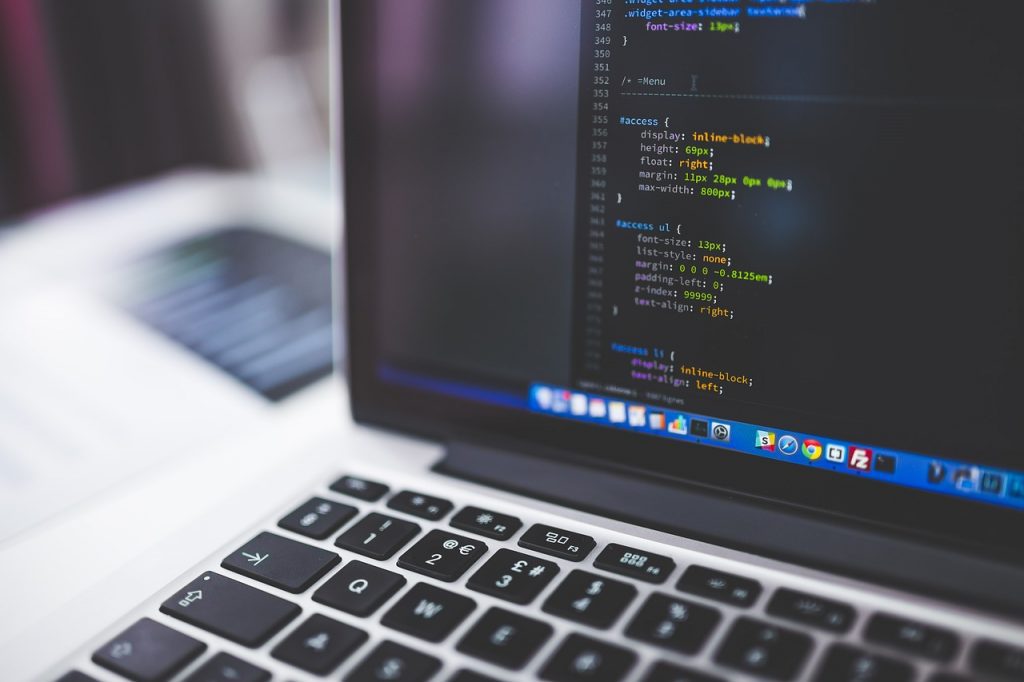How is Software Protected?
Software is something that people normally associate with technology, and we all know that technology is protected mainly by patents. However, due to the peculiar nature of codes, getting pure software patented is not possible in many countries, and only possible under stringent conditions in others.
By default, software (or more accurately, the code for the software) is protected by copyright in all jurisdictions. In India, is protected by the provisions of the Indian Copyright Act 1957.

What Parts of Software are Protected by Copyright Law?
A computer program may be defined as a collection of statements or instructions that can be utilized directly or indirectly in a computer to achieve a certain outcome. Under the definition of the Copyright Act, computer programs are literary works, and copying the structure and design of a computer program is prohibited by copyright.
A computer program’s images, sounds, and appearance may also be protected as an audio or visual work, which means that a software may be infringed even if no code was directly copied.
Computer programs are usually secured not by a single copyright but by a sequence of copyrights that begin when it is initially developed and continue until the last modification. Just as a copyright is created when the programmer wrote the first lines of source code, another copyright is created for any addition or alteration to the source code that demonstrates sufficient originality.
Although copyright is created when the source code is written, it is the object code that provides the actual instructions that operate the computer when the program is performed that is normally protected by copyright. In most cases, the source code is never released to the public and so remains a trade secret, despite the fact that millions of copies of the program are distributed as object code.
Here, even if source code and object code are unique, it is nevertheless useful to maintain the assumption that the two codes are just various representations of the same copyrighted work. However, as far as the registration purpose is concerned, the copyright office considers source code and object code to be equal.
Infringement
The reproduction, distribution, or use of a software product without the express authorization of its author is referred to as software piracy. Software piracy can be considered as theft, in the sense that it involves taking someone else’s original concept and product.
Now, when we talk about the remedies that are available with regards to copyrighted software infringement, we have the option of availing a number of measures, which include but are not limited to:
- Injunctions, both temporary and permanent,
- The seizure or/and destruction all infringing copies, including the masters therein
- Actual monetary damages plus the profits that was availed by the infringers, and by extension statutory damages could be invoked upon approval of the court.
What is the Difference between Copyrights and Patents When it comes to Software Protection?
When it comes to intellectual property protection for computer software, there has been a great deal of debate on whether the patent system, the copyright system, or a sui generis system, that is to say a system that is one of its own kind, should be used.
The widely recognized idea emerged that computer programs should be protected by copyright, whereas the technical equipment or machinery needed for the purpose of using computer software or related inventions should be covered by patent protection.
It is very important to note that the laws of copyright and patent law give distinct types of protection for intellectual property, which makes it very important to place the correct kind of protection for the subject in question.
A patent is an exclusive right granted for an invention, which is a product or a process that introduces a new way of doing something, or that provides a new technical solution to a problem. On the other hand, copyright protection is limited to expressions and does not extend to ideas, procedures, methods of operation, or mathematical concepts as such.
Software patents nominally fall under these concerns, as they effectively offer protection to the “mathematics,” while copyright and trade secrets provide acceptable and meaningful intellectual property protection for software, according to the authors.
International Norms for Software Protection
Countries that have signed the Berne Convention for the Protection of Literary and Artistic Works (the Berne Convention) enjoy formality-free copyright protection, which means that protection is not contingent on the completion of any formalities, such as registration or the deposit of copies, in order to be effective. A patent is normally given after a government body has completed an examination procedure and found the invention to be valid.
Even though the advantage of copyright is that it provides automatic and cost-free protection so long as a work is original, relying solely on copyright as a protection system only protects against the literal copying of the source or object code and does not protect the underlying invention that is implemented by the software.
The protection of intellectual property rights in computer software has been established in most nations and has been unified by international treaties to that effect. Although international harmonization of the legislation relating to the patentability of software has not yet been achieved, some countries have welcomed the patentability of computer software, while others have devised systems that recognize inventions that are aided by computer software.
Author: Ayush Agrawal, Legal Intern at PA Legal.
In case of any queries, kindly contact us here.
Thank you for reading our blog! We’d love to hear from you! 🙂
- Are you Interested in IP facts?
- Would you like to know more about how IP affects everyday lives?
- Have any questions or topics you’d like us to cover?
Send us your thoughts at info@thepalaw.com. You can also join the IP Conversation by subscribing to our newsletter.